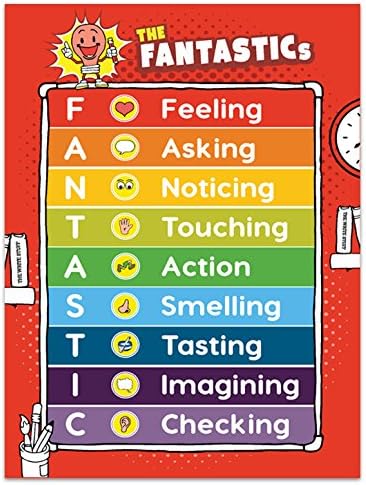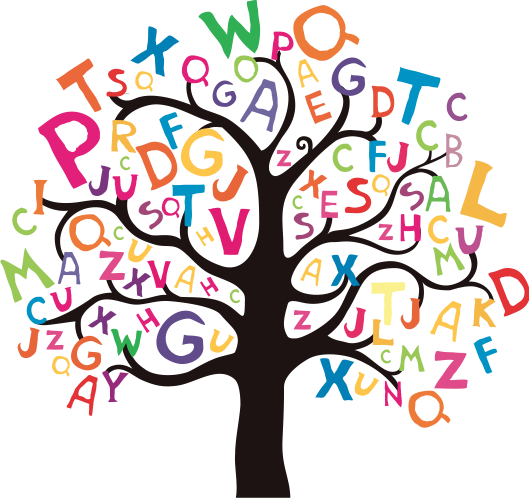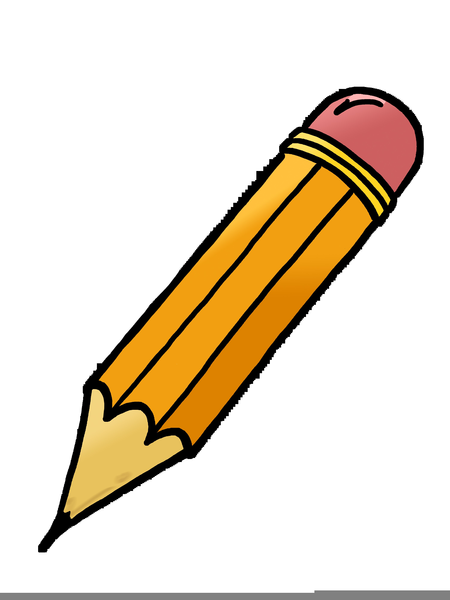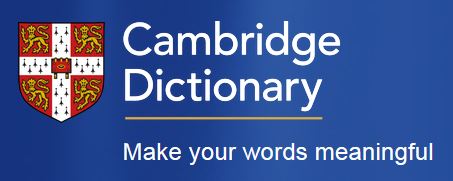Writing
I really enjoyed writing my holiday brochure because there are so many amazing things in Sicily and the adjectives were super I enjoy expanding my vocabulary and writing independently because we work really hard on it I have enjoyed creating factual reports in Science I enjoyed learning about pathetic fallacy I enjoyed writing about St Oscar Romero because he was very inspiring
Intent
We teach our children to become independent, creative writers who enjoy what they are writing and can write coherently and with good solid foundations of accurate spelling and correctly formed handwriting. Our overall aim is to prepare the children for the next stage of their learning journey so they leave each year group with the required knowledge and skills to ensure that they continue to make good progress moving forward.
Implementation
Our children write every day, first rehearsing what they want to say orally, then composing their writing sentence by sentence, to build independence.
Our children can use adventurous vocabulary in their writing because they have encountered such language in their reading and they have discussed the meaning of these words.
Encouraging children to read their writing aloud also helps to develop their ability to edit and check with the aid of our “COGS and ARMS” approaches to this part of the process.
Teachers help to build up the process, exposing children to examples, reading texts and showing examples of “What a good one looks like” to encourage independence and the skills required to meet the criteria of each stage of the Primary Curriculum that we deliver.
Grammar, spellings and handwriting are taught in weekly discrete sessions and are also carefully integrated into English lessons, where our children learn how to use and apply these skills.
Our writing tasks are mainly based on our shared class texts, which provide the children with a clear audience and purpose for their writing.
The process helps to empower our children to have the confidence and skills to be able to plan and write both fiction and non-fiction pieces, including poetry.
Writing about an event or real life experience, a theme taken from the wider curriculum or familiar book is always a great way to engage our children and encourage them to become independent writers equipped with the skills to enjoy writing. We share and celebrate their successes after every opportunity.
The teaching of writing is enhanced through our cross-curricular planning to help the children to have the knowledge and understanding about the content of their pieces.
Early writing
The process of our writing begins in the Foundation Stage, as soon as a child can pick up a pencil and they then begin the journey of developing their skills and ability to confidently write about a variety of experiences. As with reading, the alphabetic code is embedded first so the children can write simple consonant-vowel-consonant words early on, and then build on this success. Children are encouraged to write at the level of their spelling and phonetic knowledge, and to use their developing knowledge of the alphabetic code and the 'tricky' words they have learnt. Children are encouraged to write every day in Reception and use their 'Busy Bee' books to write about their own personal experiences and feelings. Writing tasks are linked to topic based work and cover a range of fiction, non-fiction and poetry texts. The enhancement of our areas of provision and our language rich environment encourage our children to write independently.
Key Stage 1 Writing
Children in year 1 continue to use their 'Busy Bee' books to build their confidence to write independently. They are introduced to elements of Talk for Writing, which is an engaging teaching framework developed by Pie Corbett, supported by Julia Strong. This enables our children to imitate the language they need for a particular topic orally, before reading and analysing it, and then writing their own version. Key words are associated with specific actions.

Talk for Writing is an approach to teaching writing that encompasses a three-stage pedagogy:
imitation-where pupils learn and internalise texts, to identify transferrable ideas and structures
innovation- where pupils use these ideas and structures to co-construct new versions with their teachers
invention- where teachers help pupils to create original texts independently.
These tasks improve writing ability by giving pupils an understanding of the structure and elements of written language.
These elements continue into Year 2, where the children then move onto using 'The Write Way' structure, which continues throughout Key Stage 2.
Key Stage 2 Writing
Across Key stage 2, writing sessions teach children how to use and apply a wide range of grammar skills and stylistic devices in a clearly structured approach, which is guided by the principles of the 'The Write Way' developed by the educational consultant Jane Considine.

Gathering Ideas (FANTASTICS):
- The FANTASTICS (see sheet) are the nine lenses used to gather information and to sort and organise ideas and descriptions
- Used for discussion- say a feeling/action sentence about…
- Used for all experiences drama/images/sound clips etc - say a feeling/action sentence about…
- Used for reading – say or find a feeling/action sentence about…
- Make direct links into follow up writing because you are using a common language to gather ideas and write the ideas
- Need to be specific, many descriptions could fit in more than one category, needs to be very clear to reader which one you are using
- Creating a personalised thesaurus for writing, with words and phrases for each category
- Introduce symbols in EYFS -use for discussion of text, experiences and also interactive displays and prompts in provision areas, use symbols to aid discussion
- In classroom gather examples of children’s sentences and examples from texts , categories next to symbols
Sentence Stacker lessons
Our main writing lessons are very tightly focussed on one part of the writing ie, writing an introduction, describing the character’s physical features etc and the skills to be taught. The skills are a mixture of grammar skills or stylistic devices. Lessons are split into up to 3 chunks to teach 3 skills. The skills are carefully selected to suit the genre and taken from each year group's objectives.
Teachers model how to use the focus skill and the children shared write together using examples of the gathered ideas and phrases (FANTASTICS) and adapting the provided sentence structures. This stage involves lots of discussion and partner and group work.
This enables the children to write their own examples, using the example modelled and adapted together and bank of words and phrases they have gathered (FANTASTICS).
Children then structure these sentences into paragraphs and whole texts.
Assessment of writing
The assessment of writing is an ongoing process using the National Curriculum objectives. Evidence is collected across a range of examples of pieces of writing from across the curriculum.
Writing moderation checklists (KS1 and KS2)
End of Key Stage judgements are guided by DFE documents:
Key Stage 1 exemplification materials
Key Stage 2 exemplification materials

Spelling
Spelling at school
Year 2 ELS Spelling Long Term Plan
At St Francis Primary we believe that being able to spell accurately is important and in the 2014 National Curriculum, which we are following, correct spelling is stated as a key objective in all subjects. As an inclusive school, we are committed to dyslexia-friendly approaches to spelling and advocate multi-sensory learning strategies. Every child is different and will learn in their own unique way. It is important that every individual learns to use a range of strategies and identify those that work for them, personally. We believe that making the meanings of words integral to their acquisition alongside the practice of spelling words in context is fundamental to success. We believe that acquiring more words must be fun and motivating.
In Key Stage One, the emphasis is on learning to read, and therefore record sounds. By segmenting a word into the sounds it is made up of, children can then spell phonetically. Children are encouraged to have a go, sounding out words as they write and at other times making use of their sight words. This then leads to learning spelling rules and their exceptions.
In Key Stage Two, we continue to encourage children to have a go and use their phonic strategies to spell as well as learning a bank of more irregular words individually. In addition, we teach spelling rules and patterns. Pupils are encouraged to use a wider range of strategies, from our 'Spelling Menu' , to spell words including:
• Breaking words down into syllabic chunks
• Using a dictionary or spellchecker
• Independently discovering, learning and recalling rules
• Using mnemonics such as ‘Big Elephants Can Always Understand Small Elephants’ to learn the word ‘because’
Learning spellings at home
One of the very best ways is just to encourage children to read, so that they absorb language and spelling in context.
Every week your child will be bringing home a list of spellings which are the class focus for that week. Please help support spelling at school by taking some time to try a few of the activities from the 'Spelling Menu' at home with your child. Little and often is far better than all at once; concentrating on a few words each day is best and will really go a long way in helping your child to meet national standards.
If you come up with any other enjoyable, successful and motivating ideas to get those spellings learnt, please let us know and we can add them to the list.
Resources:
Please practise these spellings alongside your weekly spelling list:
Here are the Y3/4 statutory spellings.
Here are the Year 5/6 statutory spellings
Explore a range of creative ways to practise your spellings using the ideas below:
Websites:
To explore the meaning of your spellings use:
Explore these online resources:


Handwriting
The art of good handwriting begins with mark making, the use of patterns and letter formation. We consider handwriting to be one of the basic skills that we expect all of our children to have acquired in the Foundation Stage and Key Stage One. Our Key Stage Two children understand the value and importance of having good handwriting, despite many things now being done electronically – they know this is still a life skill that they must master and perfect.
Posture
Children must be encouraged to sit with a good posture: two feet on the floor, bottom to the back of their chair and two hands on the table: one holding the pencil and the other holding the paper in place.
Children will learn to write with their dominant hand and not change.
In the Foundation Stage the children will begin with Scrimbling and Dough Disco to enable their gross motor skills to develop. There will also be many other opportunities for the children to develop both their fine and their gross motor skills in the different areas of provision in and around the classroom.
The paper on which the children write should be on a slight diagonal – to the left if the child is right handed and to the right if they are left handed.
Good, positive body language and posture must be encouraged and praised at every opportunity.
Pencil Grip
Teaching the children to use a good grip is vital to ensure that they are comfortable when writing – the long term aim is for the children to be able to write neatly at speed. If the children use the incorrect grip then movement tends to come from the shoulder or the elbow and not the wrist.
A tripod grip will be encouraged.
The children should also be taught to rest their wrist on the table whilst they write for comfort.
How we teach handwriting at St Francis Primary:
When children first learn to mark make and write, they will do so across the areas of provision in the Foundation Stage. Once the children have learned all of the individual letter sounds (which includes letter formation – taught in the correct way) Reception teachers will begin to teach the letter families in discrete handwriting lessons.
Handwriting will be taught discretely across the rest school and will be taught starting with letter families, starting with ‘Curly Caterpillars’.
The children will be taught to write neatly, with appropriately sized letters and spacing between words. Once the children form their letters well they need to be taught the two types of join:
The washing line join
The diagonal join
NOTE: diagonals are the hardest type of movement for a child to learn so there needs to be a lot of pattern drawing first.
Once the children have practised these, they should be able to apply this to some letters instinctively.
Pen Licences
Our children love the challenge of trying to get their pen licence in Key Stage 2. When the children have consistent, appropriately sized, joined handwriting the children will receive their pen and a pen licence and use it from then on. The pen comes with a great responsibility to maintain this high standard.
Resources:
Websites:

Grammar and Punctuation
Grammar and punctuation Long Term Plan
Grammar and punctuation skills and knowledge are taught in discrete lessons from Years 2- 6. These skills are then embedded into writing through continued modelling.
The Natural Curriculum website provides a range of grammar activities based on animal and nature documentaries:
Key Stage 1 Resources:
Key Stage 2 Resources:
Key Stage 2 websites:













